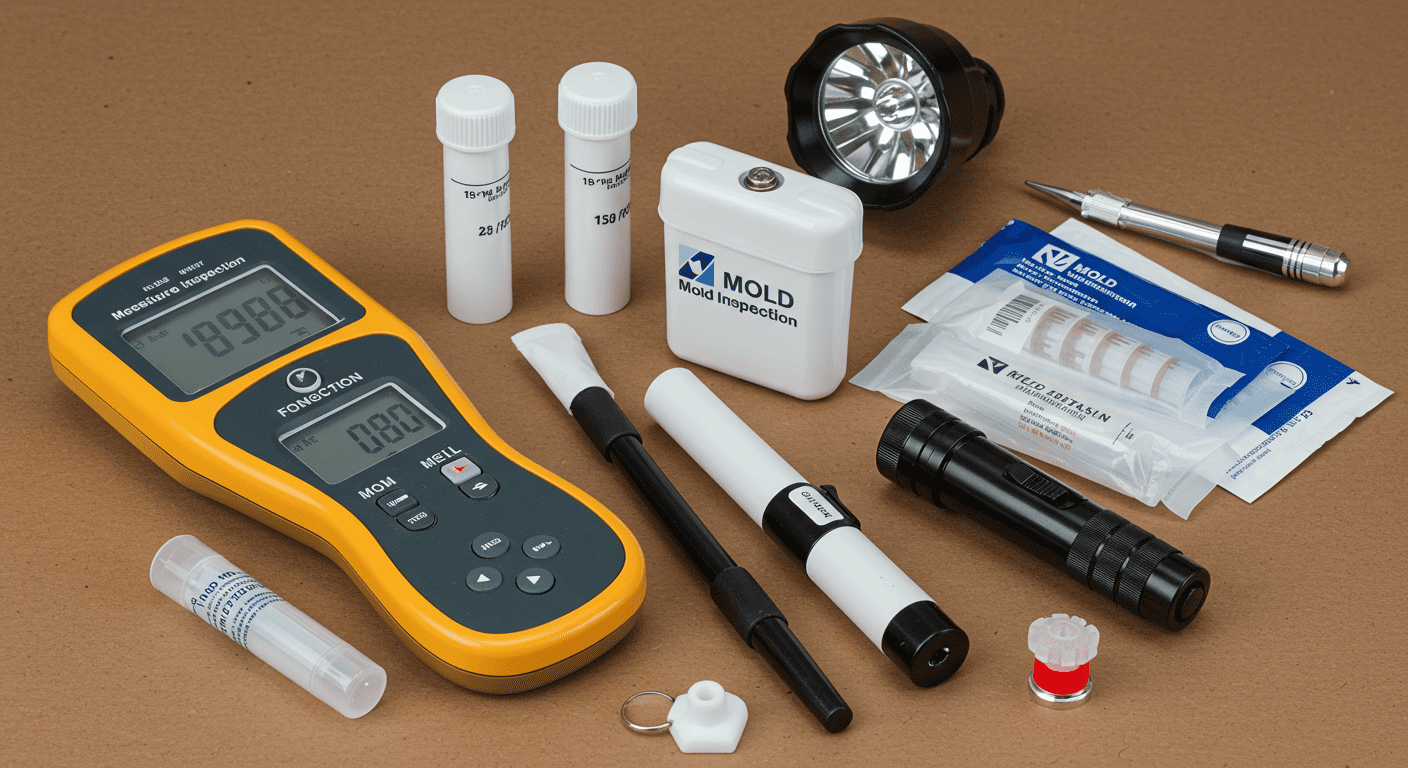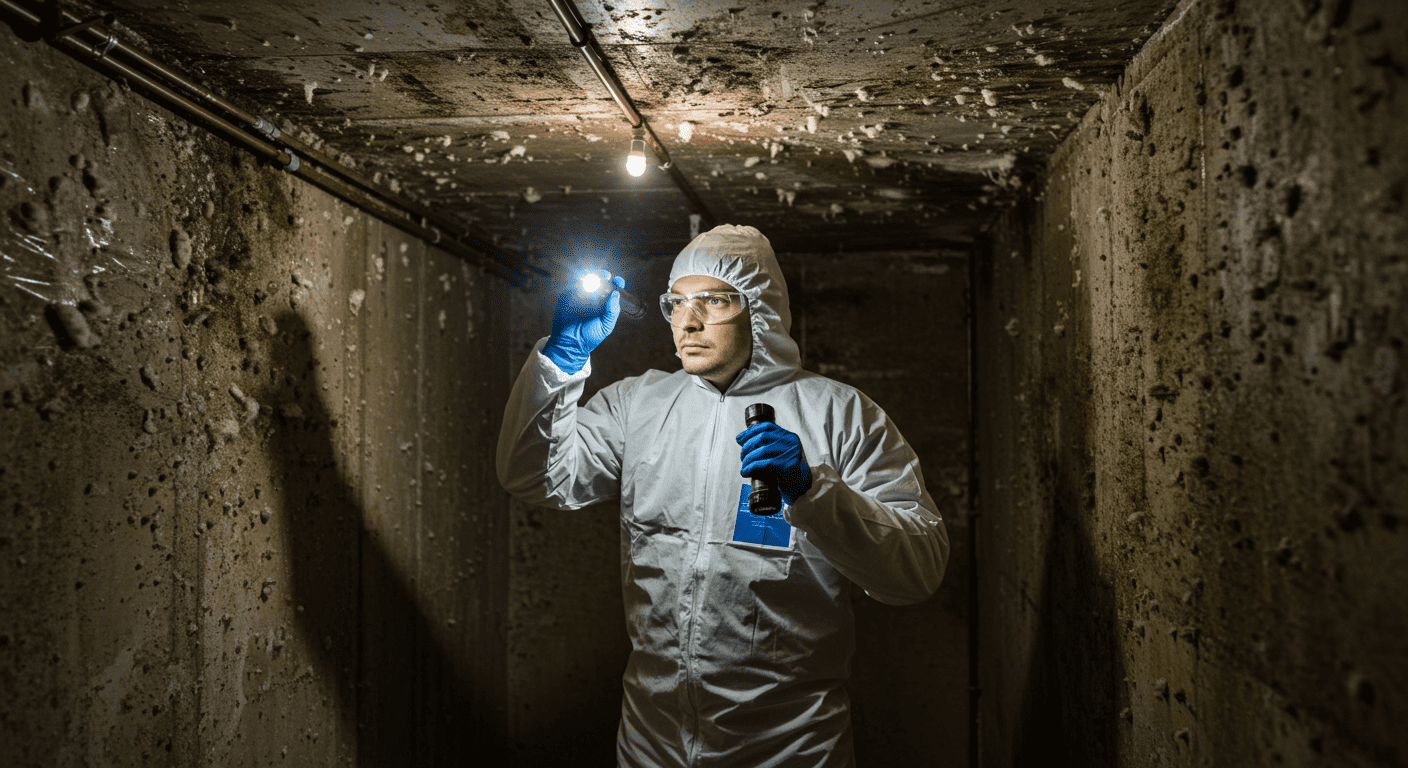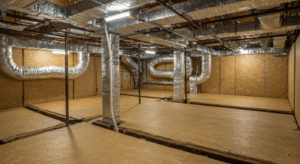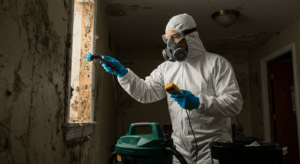Purchasing a home is a significant milestone, but it comes with its fair share of challenges. One critical aspect often overlooked during the home-buying process is mold inspection. Mold can cause serious health issues, structural damage, and financial burdens if left unchecked. This guide will walk you through everything you need to know about mold inspection before buying a house, ensuring you make an informed decision and protect your investment.
Why Mold Inspection is Crucial When Buying a House
Understanding the Risks of Mold
Mold thrives in damp, humid environments and can grow undetected behind walls, under carpets, or in basements. Exposure to mold can lead to respiratory problems, allergies, and other health issues, especially for individuals with asthma or weakened immune systems. Beyond health concerns, mold can compromise the structural integrity of a home, leading to costly repairs.
Ignoring mold issues during the home-buying process can result in unexpected expenses and potential legal disputes. A thorough mold inspection ensures you’re aware of any existing problems and can negotiate repairs or remediation with the seller.
Financial Implications of Ignoring Mold Issues
The financial impact of mold can be staggering. Remediation costs can range from a few hundred to thousands of dollars, depending on the severity of the infestation. Additionally, mold can decrease a property’s value, making it harder to sell in the future. By investing in a mold inspection upfront, you can avoid these costly surprises and make a sound financial decision.
When to Schedule a Mold Inspection
Key Situations Requiring an Inspection
Mold inspections are particularly crucial in certain scenarios. If the property has a history of water damage, flooding, or leaks, it’s essential to check for mold. Homes located in humid climates or areas prone to heavy rainfall are also at higher risk. Additionally, older homes with outdated plumbing or poor ventilation may harbor hidden mold.
Scheduling an inspection before finalizing your purchase agreement ensures you have all the information needed to make an informed decision. It also provides leverage during negotiations if mold issues are discovered.
Signs Indicating Mold Presence
While some signs of mold are visible, such as black or green patches on walls, others are more subtle. A musty odor, water stains, or peeling paint can indicate hidden mold. Pay attention to areas prone to moisture, like basements, bathrooms, and kitchens. If you notice any of these signs, a professional mold inspection is highly recommended.
The Mold Inspection Process Explained
What to Expect During an Inspection
A professional mold inspection involves a thorough assessment of the property, including visual inspections and air quality testing. Inspectors use specialized tools like moisture meters and infrared cameras to detect hidden mold. They may also take samples for laboratory analysis to identify the type and concentration of mold present.
The process typically takes a few hours, depending on the size of the property. At the end of the inspection, you’ll receive a detailed report outlining any mold issues, their severity, and recommended remediation steps.

Differences Between Mold Inspection and Testing
It’s important to distinguish between mold inspection and mold testing. While an inspection identifies the presence of mold, testing determines the type and concentration of mold spores. Both are valuable, but testing is particularly useful if you’re concerned about specific health risks or need documentation for legal purposes.
Cost of Mold Inspections and Remediation
Average Costs for Inspections
The cost of a mold inspection varies depending on the size of the property and the complexity of the assessment. On average, you can expect to pay between $300 and $500. While this may seem like an added expense, it’s a small price to pay for peace of mind and potential savings on future repairs.
Budgeting for Potential Remediation Expenses
If mold is detected, remediation costs can vary widely based on the extent of the infestation. Minor issues may cost a few hundred dollars to address, while severe cases requiring extensive repairs can exceed $10,000. It’s crucial to budget for these potential expenses and factor them into your overall home-buying costs.
For more detailed insights on mold removal costs, check out Get Accurate Mold Removal Estimates in East Orange, NJ.
Conclusion
Mold inspection is a vital step in the home-buying process that should never be overlooked. By understanding the risks, knowing when to schedule an inspection, and being prepared for potential costs, you can protect your health, investment, and peace of mind. Don’t let hidden mold turn your dream home into a nightmare—invest in a professional inspection and make an informed decision.
For expert advice and services, explore Expert Mold Control Services in East Orange, NJ or Affordable Mold Testing in Atlantic City, NJ.



